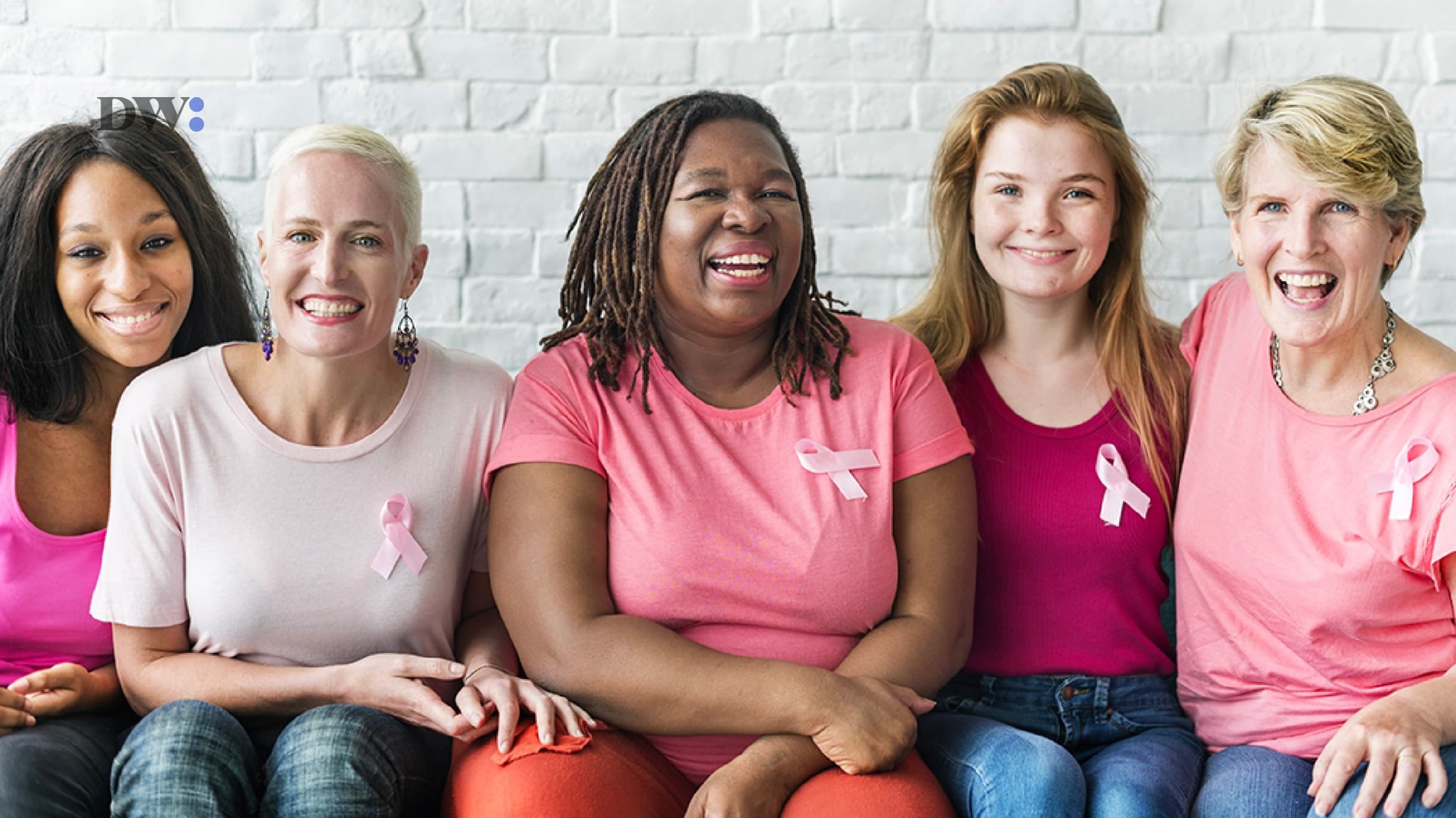Since 1990, October has been designated as Breast Cancer Awareness Month. In October 1985, the occasion was first known as National Breast Cancer Awareness Month (NBCAM). The American Cancer Society and Imperial Chemical Industries’ pharmaceutical business teamed up to promote mammograms as the best method for battling breast cancer.
Their joint mission was to promote the importance of early detection and prevention in the fight against breast cancer. At the heart of this campaign was a resounding message that echoed the significance of regular mammograms. These medical screenings were championed as the most effective means of identifying breast cancer in its early stages, offering women a better chance at successful treatment and improved outcomes.
The week-long breast cancer awareness campaign began with Betty Ford, a breast cancer survivor and former First Lady. While Gerald Ford was the President of the United States, Betty Ford received a breast cancer diagnosis. Betty was able to raise awareness of the illness as a result. In 1992, the pink ribbon was originally used in the campaign and now the month is called “Pink October” because people worldwide wear pink and a pink ribbon to spread awareness of the value of routine screening and prevention for early detection of breast cancer. Breast cancer is currently the most prevalent cancer diagnosed worldwide.
As we celebrate breast cancer awareness this month, here are some facts you need to know about breast cancer;
- The WHO reported that it is the most common cancer globally as of the end of 2020 and has been diagnosed in 7.8 million women in the previous five years.
- Over 685,000 people worldwide in 2020 died due to breast cancer, which affected 2.3 million women. Every country experiences breast cancer in women after puberty at any age, albeit the incidence rates rise as people age.
- Women are at a higher risk of breast cancer with men making up between 0.5 and 1 per cent of breast cancer cases.
- Some factors that increase the risk of breast cancer include ageing, obesity, drinking too much alcohol, radiation exposure history, family history of breast cancer, reproductive history, smoking, and postmenopausal hormone therapy.
In Nigeria, breast cancer prevalence is estimated at 25.7 per cent and is said to be the deadliest type of cancer in the country. According to the World Bank, more than 14,000 have died as a result of breast cancer in the country as of 2020. The rate of breast cancer per 100 people is estimated at 0.14. Breast cancer burden in Nigeria grows as a result of delayed diagnosis and subsequent early detection.
Adolescents and young adult girls between the ages of 15 and 39 who develop breast cancer are more likely to be faced with a more aggressive form, as well as psychosocial and financial problems. In a study by Ntekim et al. (2022), breast cancer was by far the most prevalent type of cancer, accounting for 50 per cent of all analysed cases (2798 of 5469) and 51 per cent of all cancer cases overall. In every healthcare centre, adolescents and young adults made up 30.8 per cent of breast cancer cases as reported in the study.
The American Cancer Society (ACS) has recommended clinical breast exams and mammography for the early detection of breast cancer. Mammography which is a type of breast X-ray, can identify growths or alterations in the breast that are still so little that they cannot be felt by even a skilled examiner. This leads to an increase in the rate of false negatives with mammograms. Because of this, one in four cancer cases in women aged 40 to 49 are missed during each mammogram.
However, there aren’t many organized breast cancer screening programmes in Nigeria. The Federal Ministry of Health developed a National Cancer Control Plan (NCCP) in 2018 which describes the main aims and targets for Nigeria’s cancer control initiatives and provides information on the techniques that will help the nation reach its goals while taking note of significant obstacles. The Federal Ministry of Health’s (FMoH) National Cancer Control Programme will act as the steering committee for carrying out the NCCP.
The strategy will be put into action by the FMoH, all 36 States, and the Federal Capital Territory (FCT), with assistance from the National Cancer Steering Committee and development partners. The entire budget needed to accomplish this plan from January 2018 to December 2022 was estimated to be NGN 97, 321,725,422.53 (or USD 308,957,856.48).
It was anticipated that the government (federal and state) would provide 75 per cent of the cash necessary to carry out this plan, with donors and development partners filling the remaining 25 per cent of the financial gap during the following five years. Up till this moment, this plan hasn’t aided in cancer prevention and control in the country.
The low rate of screening visits to medical facilities may be due to financial constraints since many Nigerians must pay for their own healthcare. When it comes to women’s readiness to participate in routine screenings in locations where they are offered, socio-cultural variables may also be important to consider as factors that may lead to hesitancy.
The survival rate for breast cancer depends on the stage and the estimate is recorded as Stage 0 (100 per cent), Stage I (98 per cent), Stage II (56 per cent), Stage III A (49 per cent) and Stage IV (16 per cent). Given the high incidence and mortality rate of breast cancer in low- and middle-income nations like Nigeria, efforts must be made to raise awareness of the disease, particularly among illiterate women, and to establish appropriate frameworks for early diagnosis. The likelihood of survival can be raised by developing affordable screening programmes and providing proper information to women in both rural and urban regions.
Some non-governmental organisations which aid in breast cancer awareness and screening include CancerAware Nigeria, Breast Cancer Association of Nigeria (BRECAN), Atinuke Cancer Foundation etc. To help healthcare professionals make wise judgements, policies on breast cancer screening and treatment need to be developed and disseminated.
Breast Cancer Awareness Month has become a powerful force for change, driving advancements in medical research, improving access to screening and treatment, and inspiring a collective effort to eradicate breast cancer once and for all. It is a testament to the progress that can be achieved when individuals and organizations unite in the face of a common cause, offering hope to countless lives affected by this disease.





